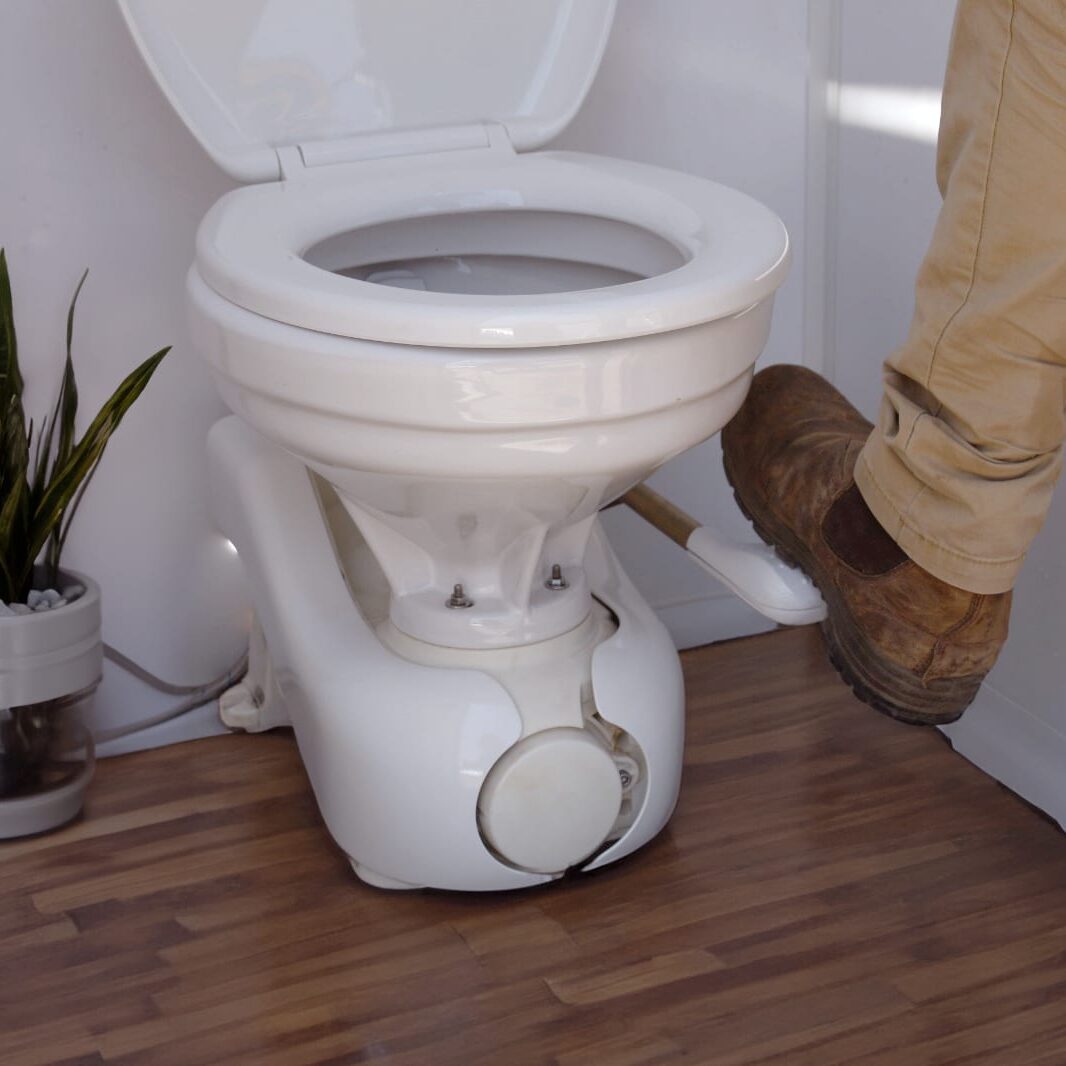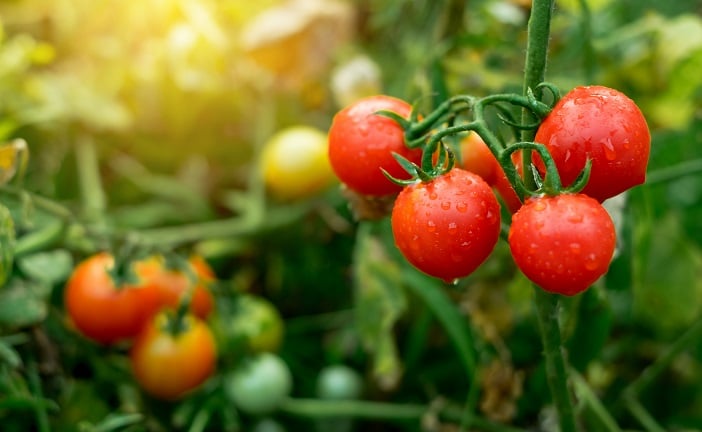
What is the Best Tomato Fertilizer?
The winning approach for thriving tomato plants is making the soil healthy and rich in organic material. Fertile soil in all its forms (microbiological, physical, and chemical) enables lush and healthy tomatoes to grow and produce tasty fruits.
It’s best to mix compost and fertilizer when cultivating tomatoes. Well-aged compost made from manure attracts and supports beneficial soil life, while time-release fertilizers ensure that your tomatoes get nutrients throughout the entire growth cycle.
To understand how to pick the best products, let’s take a closer look at the plant’s specific needs. In terms of macroelements, the presence of nitrogen (N), phosphorus (P), and potassium (K) is very important for healthy growth.
- Nitrogen is crucial in the early stages, being responsible for vegetative growth. Without this element, your plants can experience leaf yellowing, difficult growth, and premature deterioration—however, too much nitrogen results in the plant’s inability to fruit.
- Phosphorus, on the other hand, is essential for stimulating abundant flowering and fruit production. Too much of it will obstruct the plant’s ability to absorb nitrogen, resulting in the limited growth of its stem and foliage.
- Potassium helps regulate photosynthesis and, above all, the proper ripening of fruits. On the other hand, too much of it increases the fruits’ acidity.
Calcium, magnesium, iron, boron, zinc, copper, and molybdenum are other macro and microelements useful for tomato plants. So, the best tomato fertilizer must offer all of these components in the proper amounts and make up for any soil deficiencies.
Generally, animal dung from non-industrial farms is the most popular organic fertilizer used in tomato cultivation — cow, horse, and sheep-goat manures work best.
How and When to Fertilize Tomatoes Properly
Here are some general tomato fertilizer recommendations based on the plant’s growth cycle:
- Before you plant tomatoes
The soil must be nutrient-rich to sustain tomato plants throughout the growing season, so compost should be buried underground before planting when the soil temperature is still low. Dig holes roughly 15 inches deep (around 40 cm), add compost from cow manure and other organic nutrients, such as bone meal and even smashed eggshells, and cover with soil.
- The seeds
Tomato seeds don’t require additional nutrients to germinate because they already contain enough to produce the first leaves.
- After transplantation
The safest solution is to add fertilizer with nitrogen three or four weeks after transplanting when the tomato plants get used to the new environment. If the soil is already rich in nitrogen, add phosphorus-rich fertilizer — such as bone meal, which has an NPK ratio close to 3-15-0.
- When flowering
At this stage, the tomato plant needs potassium so that the potassium level in the soil becomes twice higher than that of nitrogen. Pick a fertilizer with an NPK ratio of 8-32-16 or 6-24-24 for best results. Instructions for spreading the product will vary with the type of tomato fertilizer you choose.
- When fruiting
Tomato plants require enough phosphorus supply to ensure a healthy fruit set. It’s usually present in water-soluble fertilizer formulas with NPK ratios of 24-8-16 or 18-18-21. Spread the product about 6 inches (15 cm) from the plants.
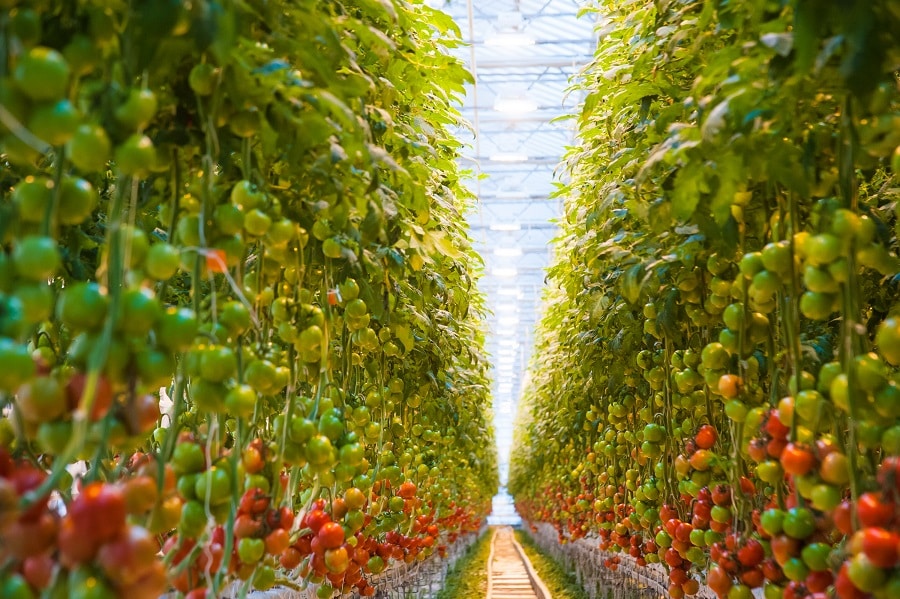
How to Select the Best Tomato Fertilizer
The soil’s composition and the ratio of its nitrogen, phosphorus, and potassium (NPK) elements will determine the ideal fertilizer for your tomatoes. A soil test is the most straightforward way to determine which specific nutrient your soil lacks and what’s the best tomato fertilizer to use in your garden.
- If your soil is well-balanced and composted, you can use fertilizers with NPK of 4-6-3.
- If your soil lacks nitrogen, use a more balanced fertilizer, such as a 10-10-10 NPK ratio, when plants are still developing. Opt for a fertilizer with lower nitrogen levels before the plants start fruiting.
- If your soil is rich in nitrogen, consider planting broccoli, kale, Brussel sprouts, spinach, or sweet corn instead of tomatoes. These crops require large amounts of nitrogen to thrive and will help you balance your soil for next year.
The presence of nitrogen in fertilizers can further impact the soil’s acidy, so you want to consider this factor when picking the right products. Tomatoes thrive when cultivated in soils with a pH between 6.2 and 6.8.
Different Types of Tomato Fertilizers
Tomato fertilizers can be liquid, water-soluble, or granular — either organic or synthetic.
- Liquid tomato fertilizer is a fantastic option that quickly provides plants with the fundamental nutrients, micronutrients, and other necessary minerals. It’s the most straightforward approach to give your plants the proper nutrition, as you can use it with your current tomato watering techniques — drip irrigation, cone spike irrigation, bottle irrigation, or other methods. It’s safe to use after transplanting your plants when they start to bloom and during the first fruit-setting stage of the plant. The downside is water tends to wash away the nutrients in liquid fertilizers quickly.
- Water-soluble fertilizers are products dissolved in water and applied to tomato plants at the base throughout the growing season. With these mixes of nutrients, it’s essential to follow the producer’s instructions to the letter and respect suggested quantities to avoid over-fertilizing the plants.
- Granular fertilizers are cheaper than other products. They can be quick-release or slow-release formulas, so the plant might need more time to access nutrients. Granular fertilizer can be incorporated into the soil before planting or spreading around plants.
How Much Tomato Fertilizer Do Tomatoes Need?
There’s no one-size-fits-all recipe when fertilizing tomato plants. Some of the factors that can influence quantities and frequency of use are:
- The soil quality and texture
- The type of tomatoes you grow
- Whether you use homemade tomato fertilizer or store-bought products
Remember that too much fertilizer can harm your tomatoes more than the lack of supplements, so you want to gradually increase quantities instead of providing the plants with too many nutrients too soon. When buying fertilizers, always use the instructions on the package before using them.
What to Take Into Account When Buying Tomato Fertilizer?
- NPK ratio. Making sure you don’t feed tomato plants too much nitrogen should be a top priority.
- Fertilizer composition. Tomato plants require a wide range of micronutrients, so it’s best to pick fertilizers specially created to meet their needs.
- The soil’s pH level. Pick a tomato fertilizer that can help maintain the soil’s pH between 6.2 and 6.8.
- The impact on the environment. Not all fertilizers are made equally. Organic, environment-friendly products made from natural ingredients are preferable to synthetic fertilizers.
- The plants’ growth stage. Tomato plants have different nutritional needs throughout the year.
How to Make Tomato Fertilizer by Yourself
Homemade tomato fertilizer is an excellent alternative to store-bought products and can be easily prepared with ingredients you might already have at home.
Some of the most popular materials used in making homemade fertilizer for tomatoes are:
- Matured compost (should make at least half of the final product)
- Alfalfa dry leaves or pellets (rich in nitrogen)
- Blood meal (a rich source of nitrogen)
- Pet and human hair (source of keratin and nitrogen)
- Crushed egg shells (high in calcium)
- Bone meal (source of phosphorus)
- Used tea and coffee grounds (good source of potassium and phosphorus)
- Wood ashes (source of potassium)
- Kelp meal (source of potassium)
- Chopped banana peels (natural potassium source)
- Epsom salt (rich in magnesium)
- Water (for liquid tomato fertilizers)
Your final product doesn’t need all the ingredients to be effective. Depending on the soil’s composition and the plant’s growth stage, you might have to add or remove components to provide your tomatoes with the proper nutrients for their needs.
HomeBiogas Bio-fertilizer: The Green Solution for Thriving Tomatoes
Looking for a convenient and eco-friendly solution to supercharge your tomato plants? Look no further than HomeBiogas Bio-fertilizer! Created by the ultimate system for sustainable living, HomeBiogas 6, this revolutionary organic fertilizer is a perfect match for your farming or gardening needs. HomeBiogas 6 is an advanced biogas system that efficiently transforms organic waste and animal manure into rich bio-fertilizer and clean cooking gas. With HomeBiogas Bio-fertilizer, your tomatoes will thrive in the nutrient-rich environment provided by this innovative system, resulting in abundant and delicious harvests. Join the green revolution and give your tomatoes the nourishment they deserve with HomeBiogas Bio-fertilizer today!
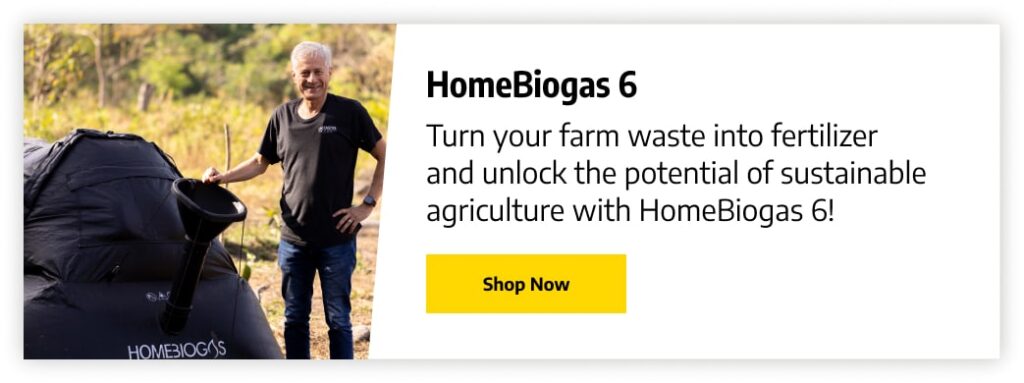
How to Apply a Tomato Fertilizer
The tomato liquid fertilizer can be applied directly to the soil but not too close to the stem to avoid burning the roots. Avoid pouring fertilizer or water on the leaves.
Dry fertilizers can be sprinkled on the soil around the plant without placing them too close to the stem. Water the plant slowly after working the fertilizer into the ground.
Either way, always respect the indications provided by the manufacturer for quantities and frequency when applying tomato fertilizer.
Tomato Fertilizer FAQs
- Is tomato fertilizer poisonous to dogs?
It depends on the fertilizer. As a general rule, the product won’t kill the dog, but it can cause a series of health issues, depending on its chemical composition. It’s best to keep your pet away from the garden when you’ve recently applied products. If your dog eats tomato fertilizer, get professional help — also, ensure you provide the vet with a list of ingredients, whether homemade or store-bought fertilizer.
- What is the best time of day to fertilize tomatoes?
Apply tomato fertilizer in the evening, when the sun sets, and right after watering or raining. This way, the water doesn’t clean the nutrients immediately, leaving the plant more time to attract minerals.
- Can fertilizer prevent blossom-end rot?
There’s a direct connection between blossom-end rot and the amount of nitrogen the plant has access to, so not overfeeding tomato plants with a nitrogen-rich fertilizer can help prevent the disease. However, other factors can also influence the plant’s health.
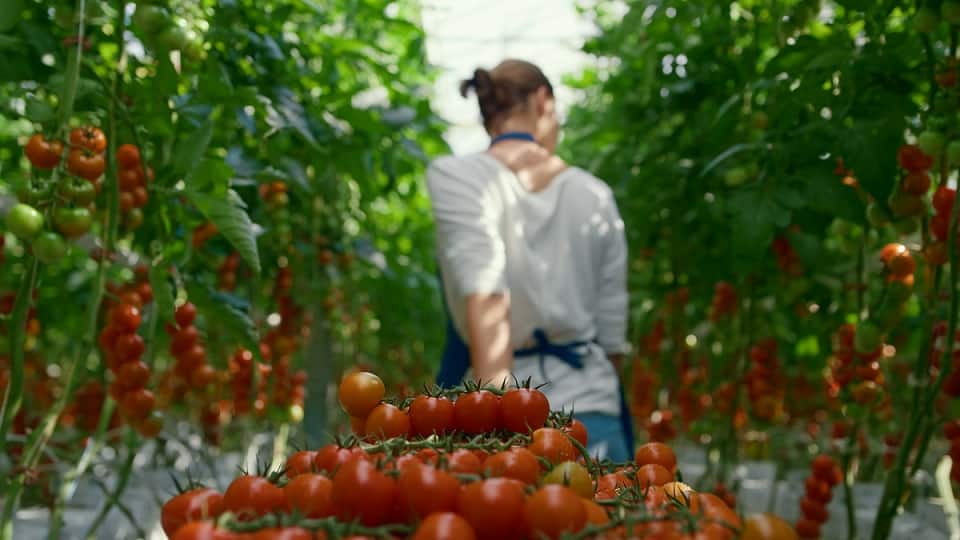
Final Thoughts
Fertilizing tomato plants increases the chances of obtaining healthy, tasty fruits. However, growing tomatoes is challenging, and learning to meet the plant’s specific needs requires time and patience.
It’s vital to remember that you can’t know what nutrients your tomato plants require unless you test your soil. Without this crucial information, you risk providing too much fertilizer, burning your plants, or limiting their ability to produce fruit.

